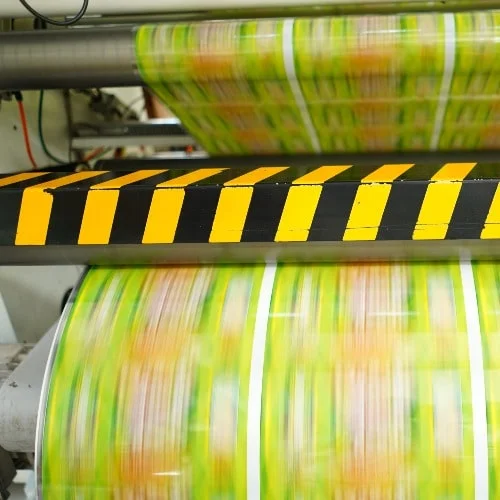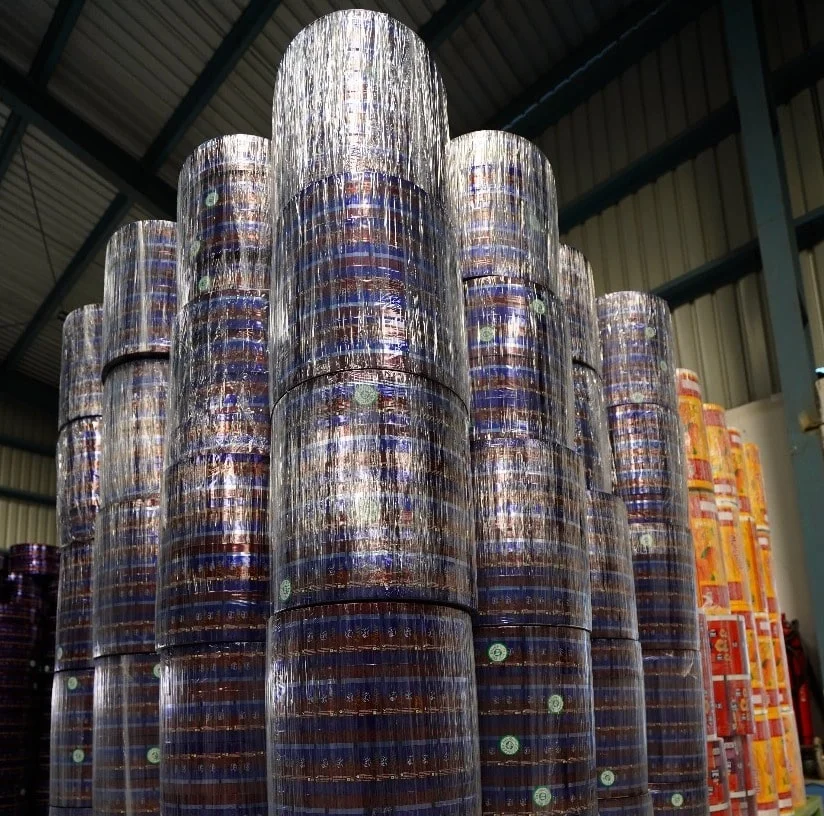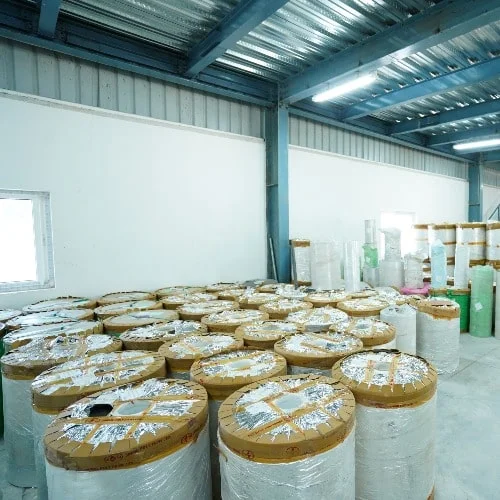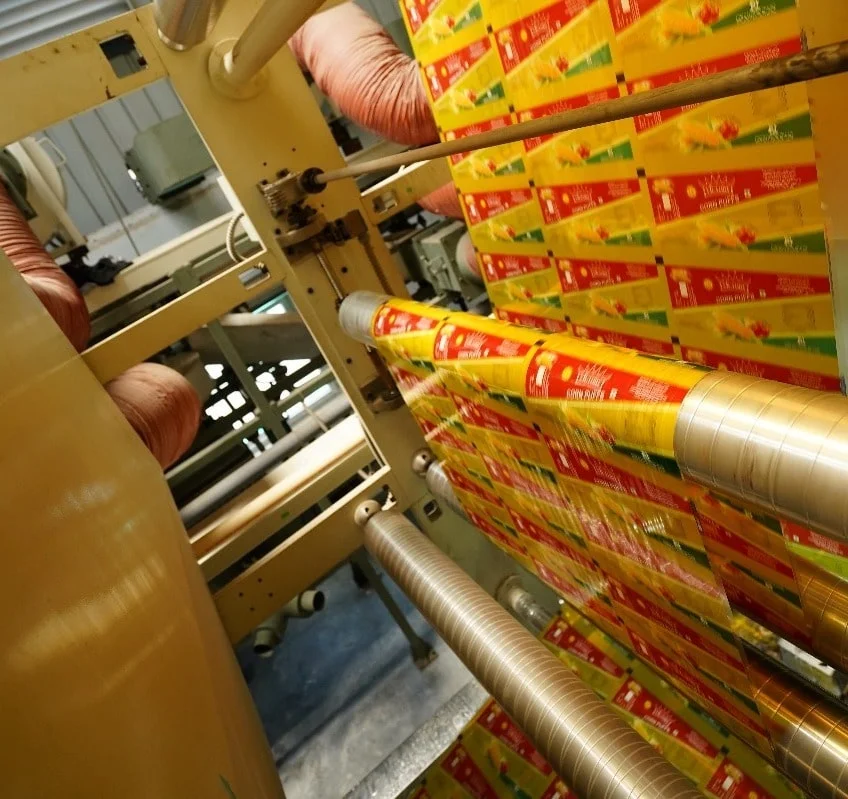QUALITY CONTROL
TRL is a leading producer of high-tech flexible packaging materials
THICKNESS
FLIM THICKNESS
Film thickness affects properties such as transparency, strength and elasticity. As a rule, when thickness increases, strength also increases but transparency and elasticity are compromised.
Monitoring variations in film thickness prevents reels from overstraining and overstretching parts of the film. A mechanical micrometre is used to measure the thickness.


WEIGHT
SPECIFIC WEIGHT
The specific weight of a film (or weight per square metre) dictates material consumption as well as the production of labels, packaging and other materials. Specific weight depends on material density, coatings and also film thickness.
ELASTICITY
STRENGTH
The strength and elasticity of film materials determine the strong performance of the end product. Having tested our films for tensile strength and breaking elongation, TRL ensures compliance with requirements on strength characteristics in accordance with GOST 14236 and ASTM 882 standards. These measurements are made with the multipurpose UTM.


SEALING
SEALING ABILITY
Our Machines are a versatile machine, capable to handle all type of films & flexible laminates. Thin film & thin Laminate can also be slitting without any material deformation. It ensures high-quality rewind reels with enhanced productivity.
Web width – up to 1300 mm
Speed – upto 500 m/min.
STATIC FROCTION
FRICTION
The static friction coefficient is a key parameter, determining the efficiency of film conversion on high-speed lines and its wider performance characteristics. We evaluate the friction coefficient against the GOST 11629 standard using an FP-2250 testing machine equipped with a smooth horizontal table and a moveable carriage.


WETTABILITY
WETTABILITY
The ability of the film to maintain contact with liquids and colloidal systems are central to the behaviour of the material. If wetting is good the liquid spreads evenly across the surface of the film but, if not, water droplets will ball together. Film wetting tension is measured according to ASTM D 2578-09 and helps to assess the suitability of the film to different printing methods.
